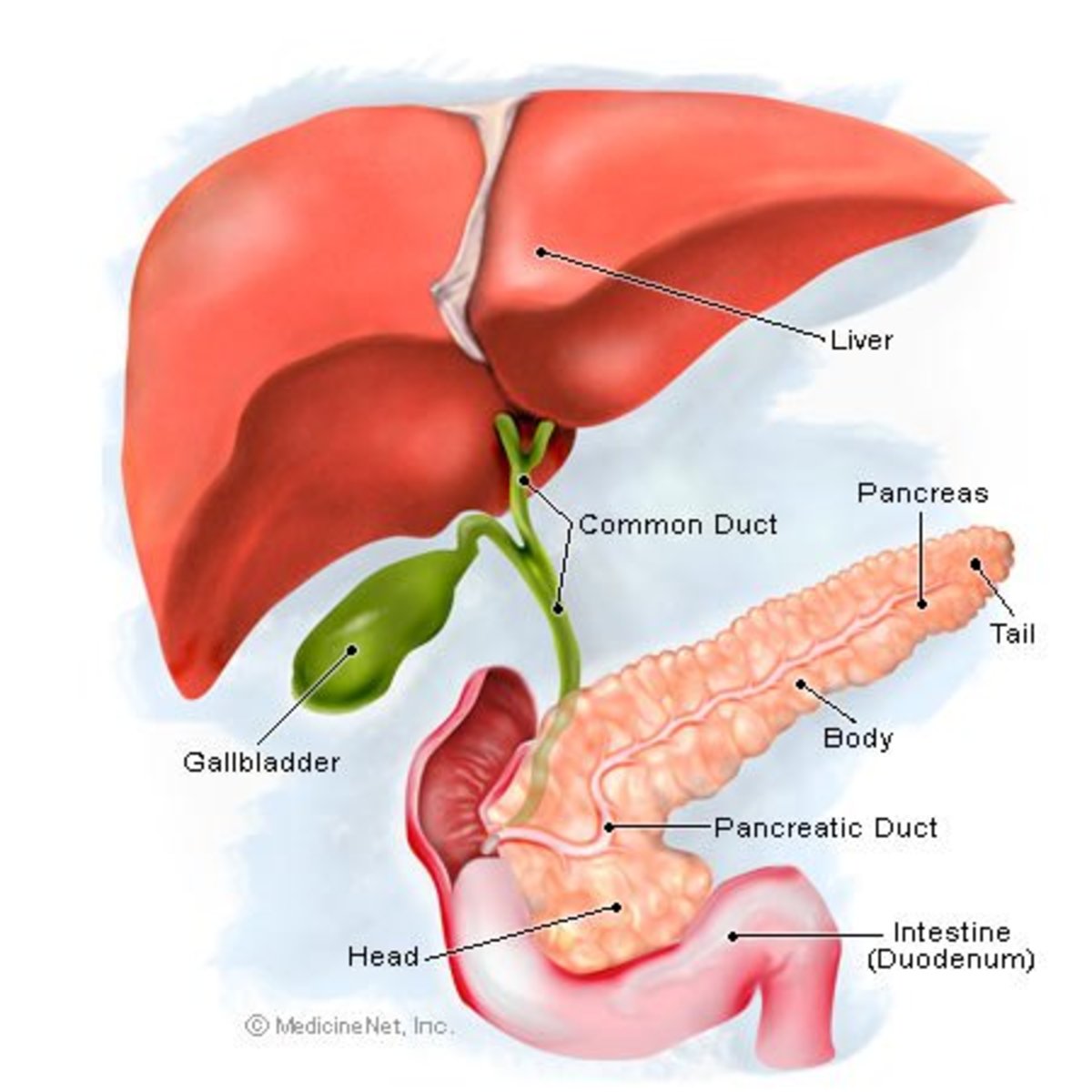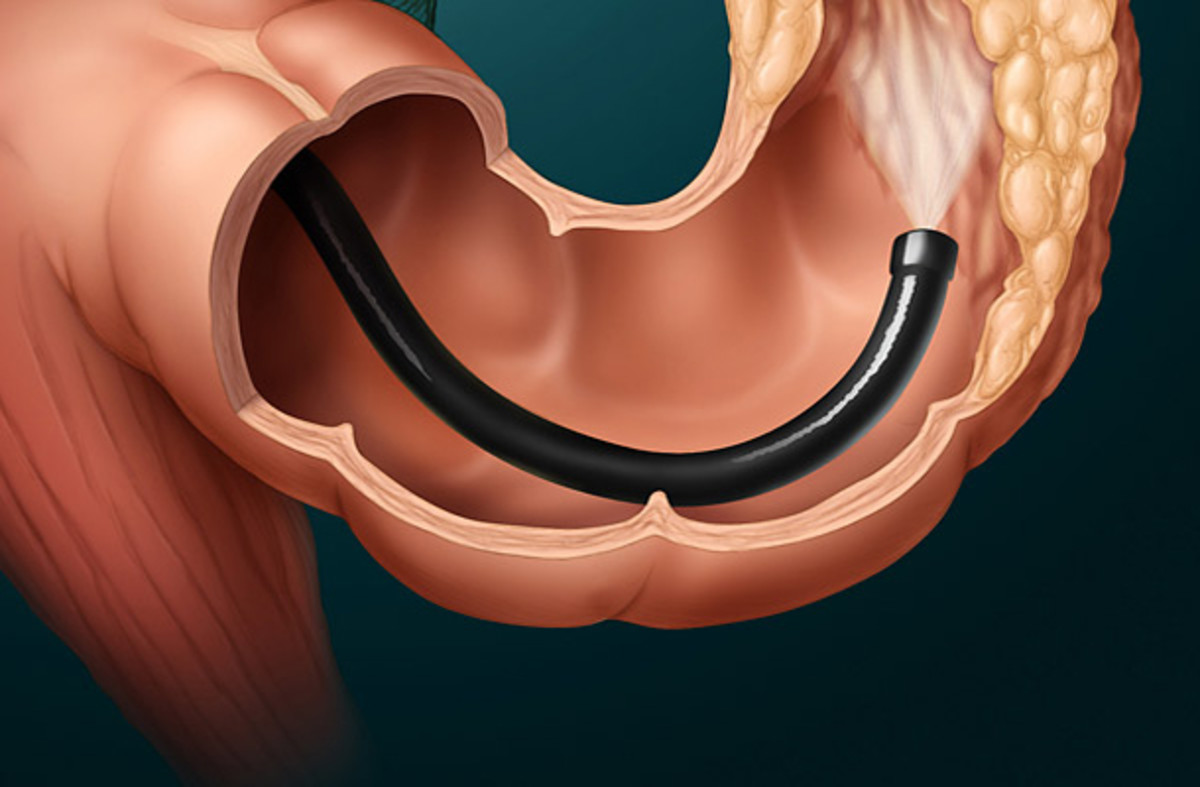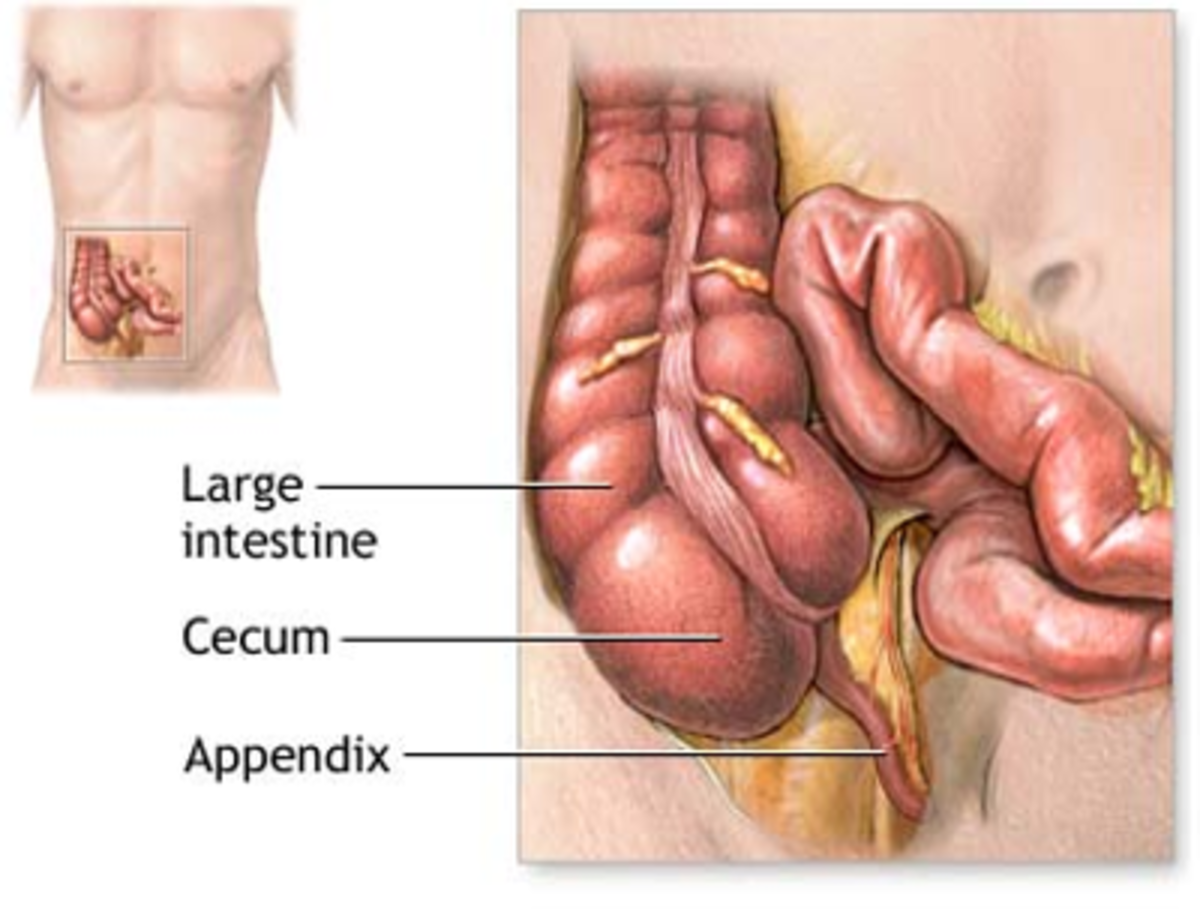Moving to a Gluten-Free Diet the Right Way
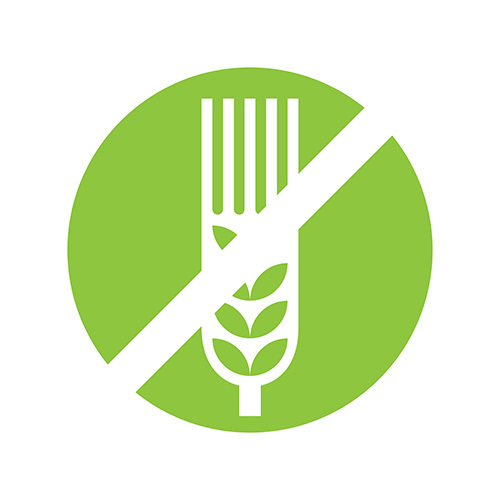
Why Has Moving To A Gluten-Free Diet Become So Popular?
Gluten-free dieting has become increasingly popular over the past 2 to 3 years.This has been mirrored in the number of searches in Google on the subject...According to researchers, around 4.2 million results were generated in Google search for the phrase gluten-free diet in 2012. That figure has risen to around 5.5 million today.
Furthermore, a study noted that a Google search in 2011 generated around 5.0 million results for the search phrase gluten-free diet and weight loss. Today that same search phrase now gives around 9.8 million results!
There's clearly an increasing appetite -- excuse the pun! -- for information on gluten-free diets, particularly among those who view it as a means to lose weight and/or enjoy a healthier lifestyle.
Although much of the huge rise in interest in going gluten-free is undoubtedly "lifestyle" driven, there's also an increasing number of people for whom it's an absolute medical necessity: those who suffer from gluten intolerance, including celiac disease and non-celiac gluten sensitivity.
Whatever your motivation for going gluten-free, lifestyle or medical necessity, in this article you'll discover...
- some basic facts about gluten.
- why it makes some of us so ill and why going gluten-free is a necessity.
- whether or not you can lose weight on a gluten-free diet.
- how to move from your existing diet to a gluten-free diet.
- what to look for when shopping for gluten-free products.
- how to stay gluten-free inside your home.
- how to stay gluten-free outside your home.
First, as an introduction, please take a few minutes to listen to Dr. Mark Hyman...It's scary!
Let's now start off by understanding what it is about gluten that it can make so many of us ill...
What is Gluten And Why Does It Make Some People So Ill?
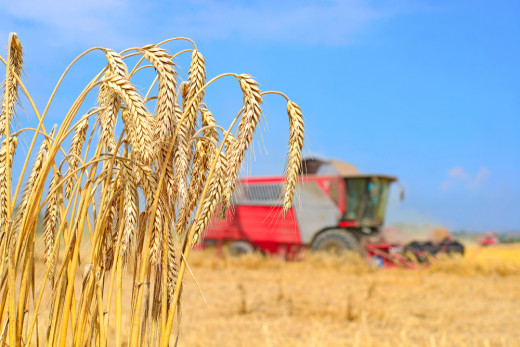
Gluten is a type of protein primarily found in food items that are processed from wheat, rye or barley. Very many food products today contain wheat, and there are different types of wheat flour that are rich in gluten such as Graham flour, durum flour, spelt, semolina and kamut.
Most people avoid eating foods with gluten because of existing disorders or sensitivities to gluten, often referred to simply as "gluten intolerance." These gluten-related disorders include celiac disease and non-celiac gluten sensitivity, and doctors recommend a diet that is free from gluten to ease their symptoms such as headaches, fatigue, bloating, gas and diarrhea, among many.
Celiac Disease
Celiac disease is a genetic autoimmune disorder that affects the gastrointestinal system after consuming food that contains gluten. According to a study headed by Alessio Fasano, M.D., its principal investigator, and published in the US Archives of Internal Medicine in February 2003, at least 1 in 133 healthy Americans have celiac disease. Furthermore, at least 40 percent of adults and 60 percent of children with this disease are asymptomatic, i.e. experience no symptoms. It usually takes as much as 4 years before these patients are diagnosed, which increases their chances of developing osteoporosis, autoimmune disorders and cancer over time.
According to Dr. Daniel Leffler, assistant professor at Harvard Medical School, gluten causes a patient's immune system to attack and physically damage the small intestine's lining. When this happens, symptoms arise such as headache, constipation, fatigue, bloating, poor concentration, diarrhea and gas. Malnutrition and weight loss may also occur, which makes it important to improve one's diet for better management of the disorder.
Non-Celiac Gluten Sensitivity
Until fairly recently it was believed that celiac disease was the only condition that gluten caused. However, according to Dr. Leffler, we now know that it isn't just celiac disease but also a condition called non-celiac gluten sensitivity. This condition causes similar symptoms in the individual but without the physical damage to the small intestines exhibited in the celiac patient.
Moving to a Gluten-Free Diet
There is no medical cure for gluten intolerance: the only way to manage it is through a diet that is free from gluten. Adopting a gluten-free diet is truly life-changing for people with a gluten disorder, yet it can also be very challenging...
You will need to carefully read product labels and avoid obvious food items that are a no-no for a gluten-free diet. These include wheat, barley, and rye, of course, but even unexpected things such as frozen fruit / vegetables and pre-cut and pre-packed fresh fruit and vegetables!
However, it's vitally important to ensure your gluten-free diet is still a well-balanced diet because, although you want to avoid gluten, we can't escape the fact that grains do contain a whole range of nutrients that are good for us. So we need to replace those by eating a wide selection of healthy, natural foods as well as non-gluten alternatives to wheat, barley, and rye like buckwheat, brown rice, wild rice, quinoa, sorghum, millet, etc.
Gluten-Free Diet and Weight Loss

First off, there is no scientific evidence that going gluten-free has a direct link to losing weight. However, there might be an indirect link between avoiding gluten and weight loss...
We know that fresh natural foods such as vegetables, fruit, fish, meat, poultry, eggs, milk, butter, and so on, are free from gluten and safe to eat. We also know that they contain lots and lots of the nutrients we need for optimum health.
But we also know that much of the food we consume nowadays is processed, packaged, has additives, or interfered with in some way or another, and highly likely to contain gluten. So a gluten-free diet has to avoid these, unless they are clearly labeled as being free from gluten.
So someone who sticks religiously to a gluten-free diet will eat much more of those very healthy natural foods than before and much less of the unhealthy processed foods than before. This has the effect that someone on this diet is taking in much more nutritious natural foods and less of those foods that are full of sugar, trans-fats, etc., that are really unhealthy and help to pile on the pounds.
The result is that somebody on a diet that avoids all gluten is more likely to be healthier than before and could lose weight into the bargain. However, there is a caveat...and that is that it's no use gorging on baked and other processed foods simply because they have a "gluten-free" label -- if they still contain all the unhealthy / fattening stuff you'd find in the gluten-containing original!
Please Take My Gluten-Free Diet Survey
Why do you wish to move / have you moved to a gluten-free diet?
Moving To Your Gluten-Free Diet

Whatever your motivation for moving to your gluten-free diet it will be challenging, but if you approach it the right way you can remove a lot of the stress. Here are some simple steps to help you on your journey...
First, work closely with your doctor and dietary specialist, who will give you a lot of good advice and support.
It's very important to learn as much about your condition as possible, and take responsibility for your own health. Keep yourself up to date on any new research and news on the subject.
You have to become expert in reading labels and ingredient lists so that you can identify those foods / ingredients that contain gluten, or could contain gluten, but may not be indicated as such on the label or packaging.
Talk to your family and friends about your condition and why it's important that you stay gluten-free. Educate them on the types of foods and ingredients that they can and cannot serve you and how to prevent cross-contamination in their kitchen should they have you round for a meal.
Make your own kitchen a gluten-free zone. If you live alone, or the rest of the family agree to join with you by going gluten-free, then it's pretty straightforward: get rid of all your gluten-containing foodstuffs and replace with non-gluten foods, remembering to do a thorough clean beforehand. Replace the toaster and other utensils, etc., that cannot be properly -- scrupulously -- cleaned.
If you have to have a 'mixed' kitchen then you'll need to keep your stuff contained, labeled, and well separated from other family members' stuff. And invest in your own utensils, etc.
For eating out you need to plan in advance. Visit your favorite establishments and discuss your situation with the manager and chef / head cook. It's important to ask how they prevent cross-contamination in the storage, preparation, plating and delivery to table. If invited to other restaurants then call ahead a few of days beforehand and have that same conversation.
Finally, stay positive and focused, and as you learn more and become more comfortable with your new life you'll wonder 'what all the fuss' was about.
The following chapters go into these issues in some more detail...
Shopping On A Gluten-Free Diet

When shopping you really need to know your 'food friends' and your 'food enemies' so you can make informed, healthy purchases.
Your most obvious 'enemies' to be avoided are wheat, barley and rye and all products that contain them. Although oats don't contain gluten, oftentimes they are cross-contaminated with it during processing. But, it is possible to get oats that have been processed in a gluten-free environment; so look for the "gluten-free" label, otherwise avoid them.
Your most obvious 'friends' will be labeled "gluten-free" but if all you do is shop for products with these labels you're severely restricting yourself, not only in choice, but also in essential nutrients and cost. A key point to bear in mind is that a gluten-free label is generally only added to food products that inherently contain gluten, but in this option have been made with non-gluten alternatives.
So there are lots of products out there that won't have a gluten-free label on them simply because they inherently don't contain gluten and are never in contact with gluten. In other words your choices are far greater than perhaps you first imagined.
The most obvious among these are natural, fresh foods such as fruit, vegetables, meat, poultry, fish, most dairy, eggs, pulses, rice, etc. However, avoid any of these that have been pre-prepared with coatings, sauces, or had any other ingredients added, unless the product has been certified gluten-free.
But what about the rest? What about the not-so-obvious gluten-free products without the label? There is no short-cut to this, you just have to get to know what to look for: you have to learn to recognize foods / ingredients that contain gluten by their individual names. So by reading labels and ingredients you'll be able to spot those products with gluten that you need to put back on the shelf. If the product doesn't contain any ingredients that you recognize as gluten then you can put that in your cart.
Examples of foods / ingredients that contain gluten, but may not be obvious by name are things like: 'flavoring,' barley grass, bulgar, couscous, farina, hydrolyzed vegetable protein, kamut, malt, modified starch, seasonings, semolina, spelt, triticale, vegetable starch, etc. Any product with just one of these needs to be avoided. Note: this is just a small example of a rather long list; too long to add here. You can get info. on how to get detailed A to Z lists of what to avoid and what you can eat, that you can carry with you, by clicking here.
Remember, if you aren't sure put the item back on the shelf and move on; there are plenty of options available.
#1 Gluten-Free Best Seller
Gluten-Free Diet: Staying Safe Inside Your Home
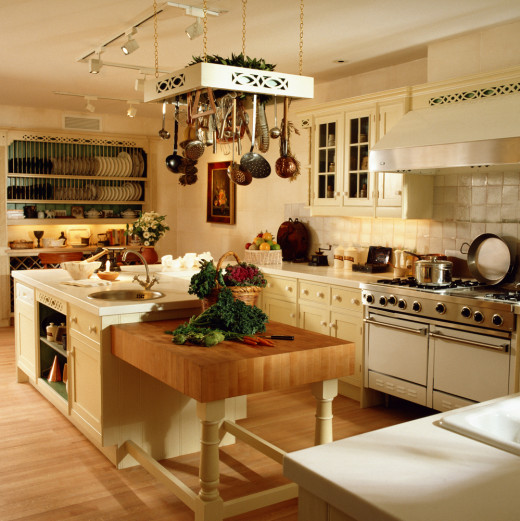
The advantage you have inside your home, compared with outside, is that you have complete control over your environment. The biggest challenge is to avoid cross-contamination and the most obvious place this will occur is in the kitchen.
If you have family living at home who don't want to go gluten-free then you have to keep your gluten-free "stuff" well away from theirs. All food and ingredients should be kept in separate, well-sealed and clearly labeled containers, in separate cupboards if possible; at the very least in separate compartments / shelves within cupboards. The same goes for the fridge and freezer.
Cleanliness is very important: keep all surfaces spotlessly clean directly after each use. The same goes for shared utensils, pots and pans etc. But there are some items that cannot truly be kept free from bits of gluten, even after washing. These are things like cheese graters, sieves, and non-stick coatings on pans which often end up scratched. So items like these need to be purchased new and only used for gluten-free. A definite item to be bought for gluten-free use only is a toaster.
If you live alone, or you have family who are willing to join you by going gluten-free, all you have to do is get rid of all food containing gluten, clean all cupboards and surfaces thoroughly, then stock up with foods and ingredients that are free from gluten. Deal with utensils, pots and pans, etc., as described above.
Gluten-Free Diet: Staying Safe When Eating Out

When it comes to eating out, you can still maintain a gluten-free diet by being cautious and aware of how your food is prepared or cooked. Ideally, you should choose restaurants that have a wide selection of gluten-free on their menu. Opt for restaurants that have a certification from groups supporting celiac disease prevention such as the National Foundation for Celiac Awareness and Celiac Sprue Association. These restaurants ensure gluten-free dining as all ingredients are prepared carefully to prevent cross-contamination.
It is also important that you inform the server about your allergies or intolerance with gluten-containing foods such as barley, rye, wheat, flour, soy sauce, and other products that contain flour. Do not hesitate to ask about the preparation techniques done, and be sure that gluten-free foods are cooked in thoroughly cleaned or dedicated pots, pans or appliances.
If there is no way for you to validate the restaurant's gluten-free menu, it is always a better option to order meals that are impossible to undergo cross-contamination. Plain fruit, salad and baked potato are excellent choices instead of buying grilled or fried meats when you are unsure about the quality of utensils and cooking appliances used in preparing these dishes.
Going Gluten-Free: Conclusion
Changing to a gluten-free diet is a necessity for those with gluten intolerance. However, for those who don't have a gluten-related condition, their's is more of a lifestyle choice. Either way, there is a right way and a wrong way to go about the transition...
It's no use just buying foods with "gluten-free" labels. Not only will this hit you in the pocket, it will mean that you won't get nearly enough of the essential nutrients -- e.g. complex carbs, protein, fiber, vitamins, minerals, niacin, riboflavin, iron, folate, thiamin, etc. -- you get from wheat, barley and rye and other foods you used to consume. The outcome could be malnourishment and illness.
Just because a product doesn't have a gluten-free label doesn't mean to say it contains gluten. There are very many foods and products out there that are free from gluten that won't have a "free" label. And they contain a wide variety of the essential nutrients your body needs. So you need to ensure you move to a very healthy, well-balanced diet, not one constrained by "gluten-free" labels.
It's vital that you become knowledgeable in recognizing those foods and ingredients that contain gluten or even 'could' contain gluten, so that you can identify which products are perfectly safe to buy and take home.
And, at home, you must reorganize your kitchen to prevent any cross-contamination. Good organization and absolute cleanliness are essential for staying safe at home.
Eating out nowadays is far easier than it was even just a few years ago. Many, if not most, good eateries have gluten-free menus and are more aware of the dangers of cross-contamination in their kitchens. Nevertheless, it's still best to talk to the manager or chef / cook to satisfy yourself that you'll be safe eating there.
Moving to a gluten-free diet can be very challenging, but by sharing the facts about your condition with your family and friends, keeping in close contact with your doctor and dietician, and staying positive and determined, you can make the transition to the new healthy you easier than you think.
Moving to a Gluten Free Diet the Right Way: References
- http://thebottomline.as.ucsb.edu/2014/01/do-you-need-gluten-free-the-truth-behind-the-diet
- http://health.clevelandclinic.org/2014/04/the-surprising-truth-about-gluten-free-food-and-weight-loss/
- http://www.health.harvard.edu/press_releases/potential-benefits-of-a-gluten-free-diet
- http://www.health.harvard.edu/newsletters/Harvard_Health_Letter/2013/April/considering-a-gluten-free-diet
- http://www.webmd.com/diet/healthy-kitchen-11/truth-about-gluten?page=3
- http://www.uwhealth.org/nutrition-diet/the-reality-behind-gluten-free-diets/31084
- http://www.arthritistoday.org/what-you-can-do/eating-well/arthritis-diet/gluten-free-diet.php
- http://www.andjrnl.org/article/S0002-8223%2811%2901572-0/abstract
- http://www.andjrnl.org/article/S2212-2672%2812%2900743-5/fulltext
- http://www.ncbi.nlm.nih.gov/pubmed/12578508
- http://www.sciencedaily.com/releases/2003/02/030212073309.htm
- http://archinte.jamanetwork.com/article.aspx?articleID=215079
Disclaimer
The content of this Hub is for informational purposes only. It is not meant to be a substitute for proper medical diagnosis, treatment or advice, and you should not assume that it is. Always consult your health-care provider / physician / doctor before taking any medications, natural remedies, supplements, or making any major changes to your diet.
© 2014 JCielo





